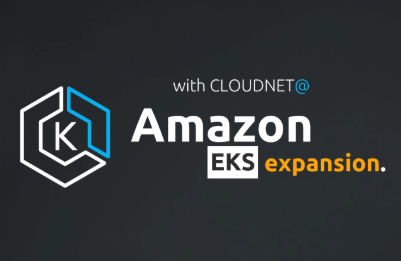
CloudNet@ - Amazon EKS 확장판 강의
Ongja_CloudNet@
Amazon EKS 사용자라면 꼭 알아야 할, 다양한 주제를 폭넓게 다루는 Amazon EKS 확장판 강의입니다.
중급이상
AWS, Kubernetes, security
For beginner Amazon EKS users, this lecture covers the basics of Amazon EKS, an AWS managed Kubernetes service.
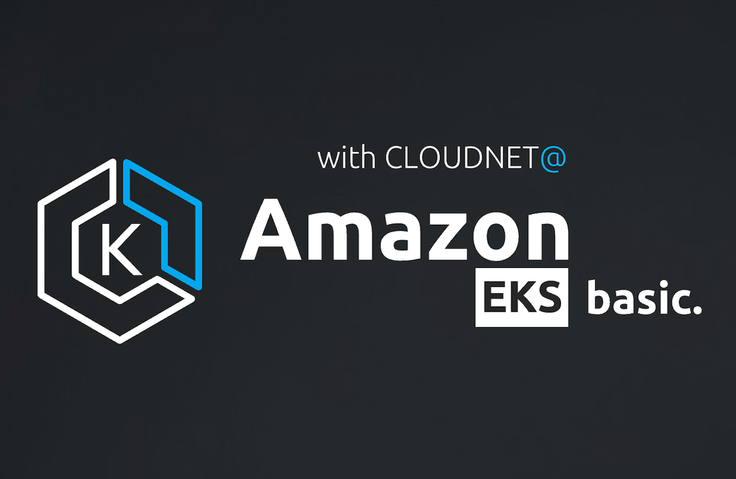
Differences between General Kubernetes Environment and EKS Environment
Understanding Basic Concepts from EKS Cluster Installation to Networking and Storage
Understanding Observability and Scaling in EKS Management
Understanding DevOps environments for command/code-based infrastructure management
Amazon EKS's
From basics to practice in one lecture! 💡
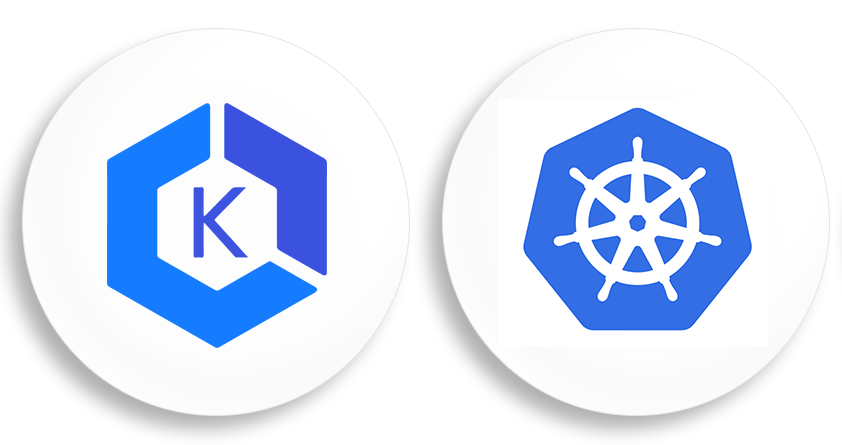
Kubernetes, an orchestration tool for container-based environments, is utilized and used in many business areas. Due to the complexity and management difficulties of these common Kubernetes environments, cloud service providers provide services to help with the management of Kubernetes.
You will be able to understand and learn the Amazon EKS service of AWS, a representative global cloud service provider, and apply it to various business environments. If you have at least a basic knowledge of Kubernetes and AWS services, you will be able to understand and learn it easily.
This lecture is about the Amazon EKS service, which configures and manages the Kubernetes environment in AWS management, the absolute powerhouse of container orchestration. It is structured to help you understand and use the basics of the Amazon EKS service based on the online study content of the CloudNet@ team.
We will first explain the theory by Amazon EKS service category, then learn the architecture structure diagrammatically, and then proceed in a way that you can understand it through hands-on practice . We believe that this lecture will be a useful time as it helps you understand through dynamic diagrammatic explanations and provides an answer to the question 'Why?' through practice rather than simply setting it up.

80% practical training rate!
You can understand it by making it yourself through various practical exercises.

We provide the EKS Hands-On web page created by our team.

Provides a number of schematic screens to help you understand the workings of theory and practice.

Infrastructure professionals planning to migrate to Amazon EKS

Beginner developer getting started with the Amazon EKS environment

DevOps Engineers Who Need Reference for Amazon EKS Design

Anyone interested in Kubernetes and EKS environments!!
Section 0 - Introduction to the Course
Introduction to Amazon EKS Basics

Section 1 - Prerequisites
This is a time to check prior knowledge before the lecture, and a brief explanation is given.
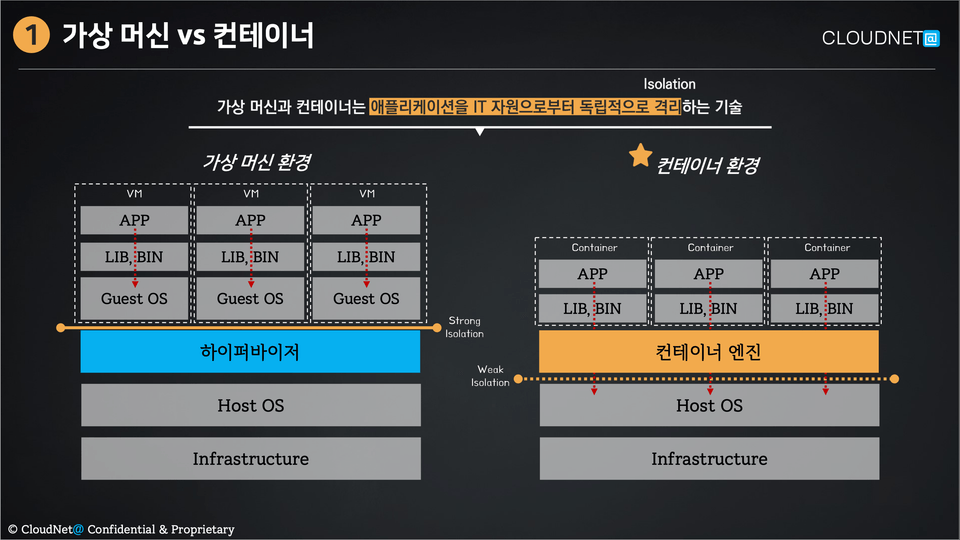
Section 2 - Amazon EKS Service
Introduction to Amazon EKS and its architecture
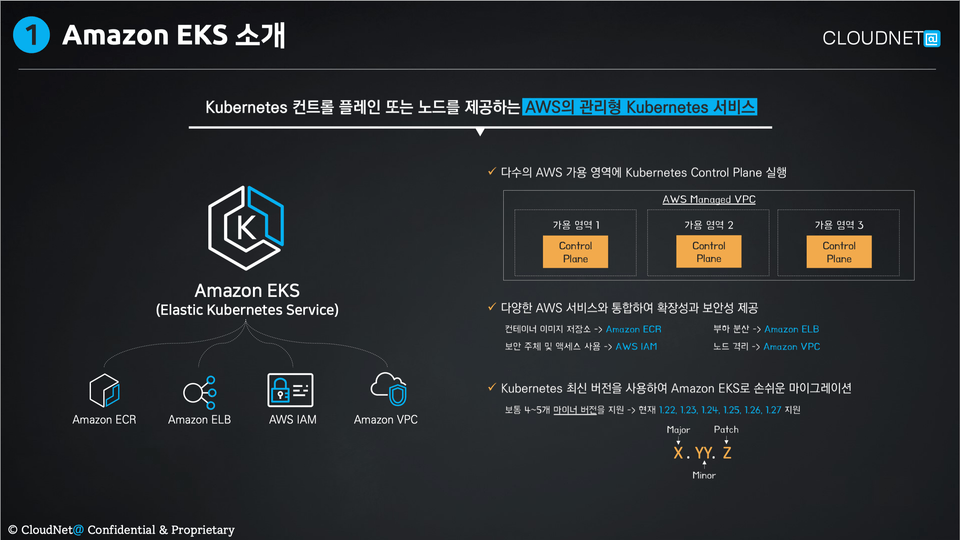
Section 3 - [Hands-on] Amazon EKS Installation and Basic Usage
Deploying Amazon EKS service through AWS Management Console and Deploying Amazon EKS service based on eksctl command
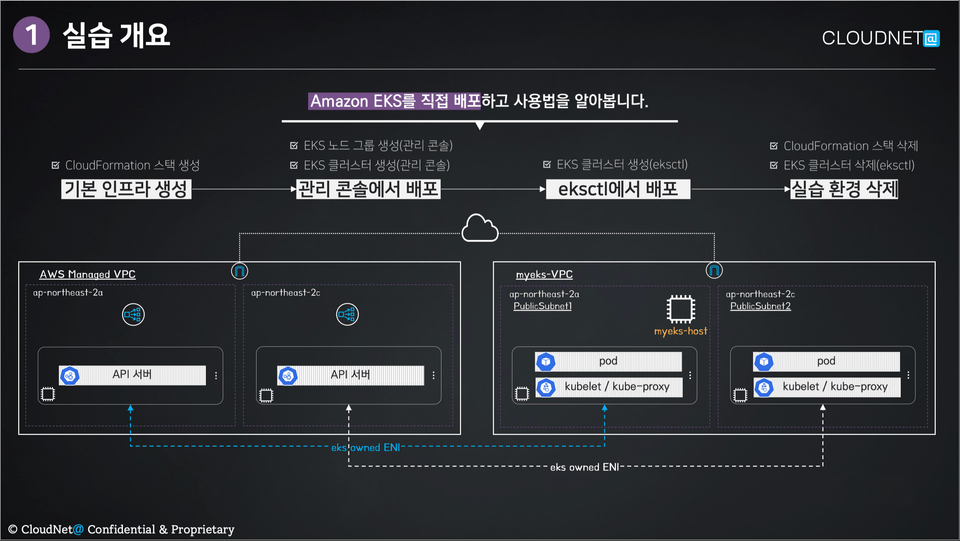
Section 4 - Amazon VPC CNI
Introduction to Amazon VPC CNI (Container Network Interface) and explanation of architecture and communication flow
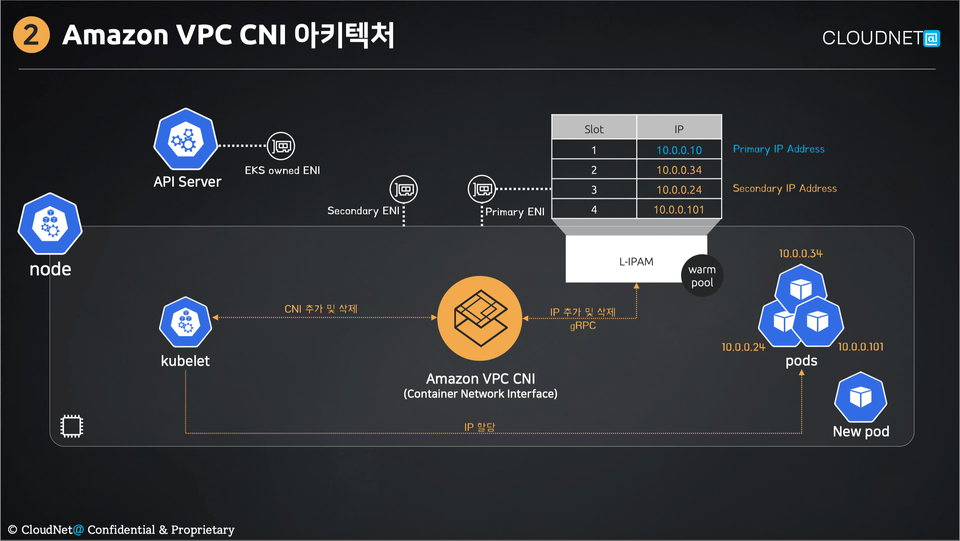
Section 5 - [Hands-on] Amazon EKS One-Click Deployment Guide
How to deploy Amazon EKS with one click for EKS networking practice, check the basic environment, and delete the practice environment
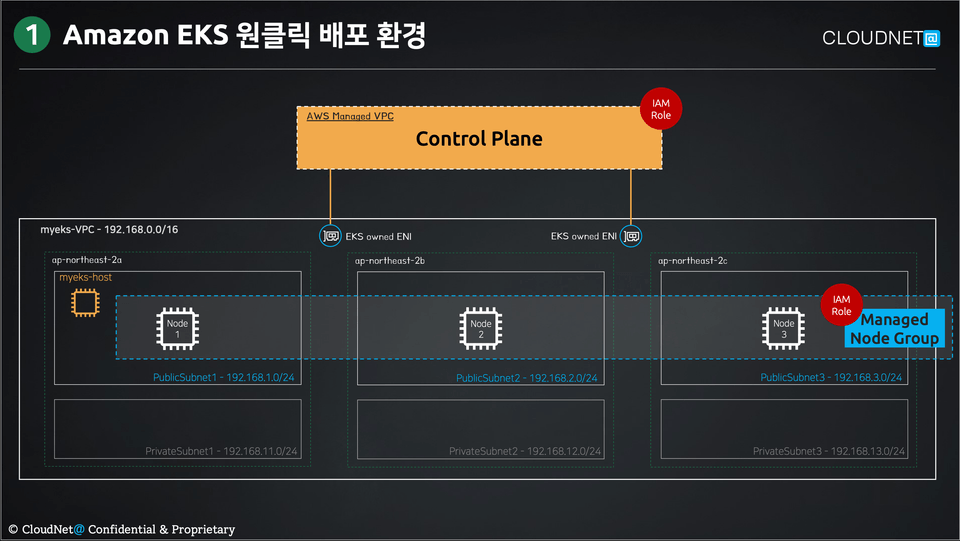
Section 6 - [Hands-on] Configuring Amazon VPC CNI Network
Practice verifying the basic network, pod communication flow, and maximum pod creation in an Amazon VPC CNI environment
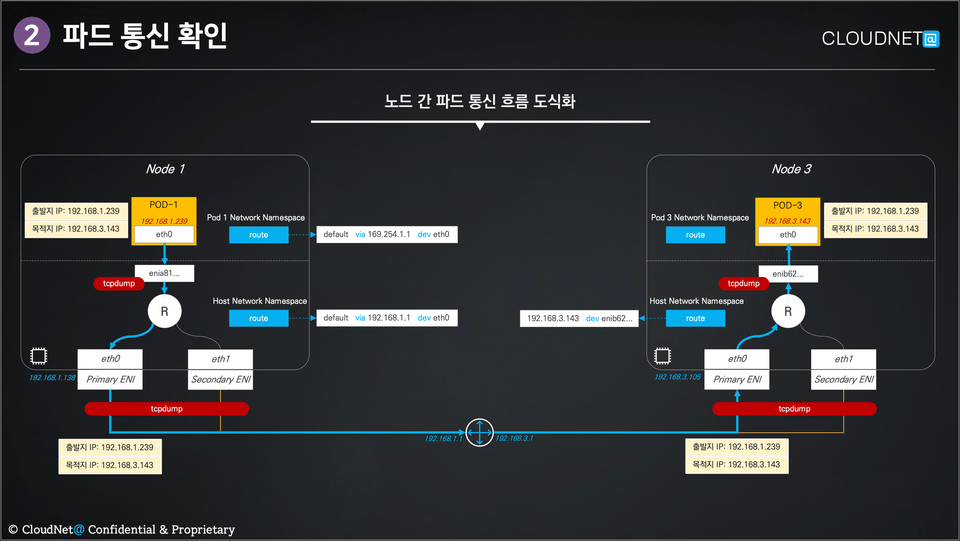
Section 7 - [Practice] Configuring AWS Load Balancer Controller Load Balancing Environment
Deploy and verify AWS Load Balancer Controller of Service and Ingress type with a brief introduction to AWS Load Balancer Controller.
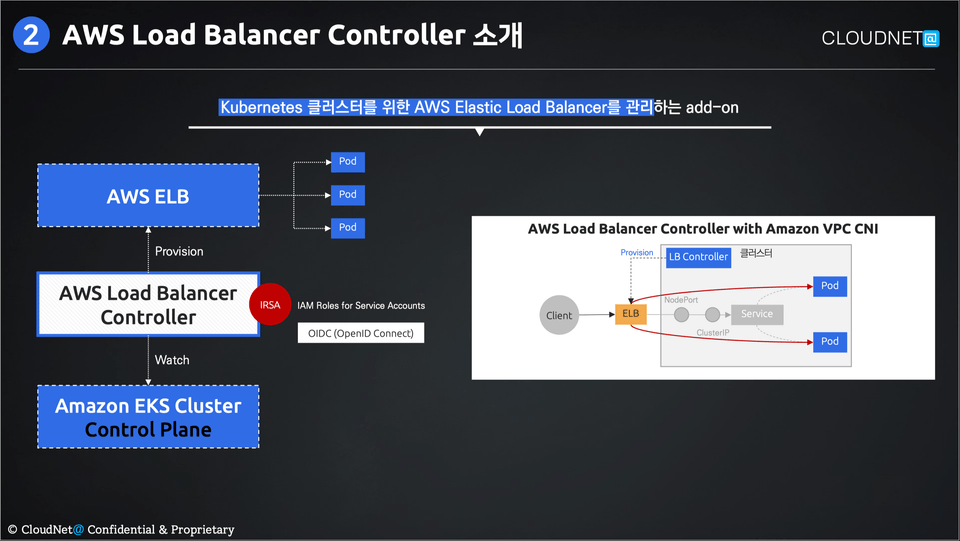
Section 8 - [Hands-on] Configuring ExternalDNS
A brief introduction to ExternalDNS, along with a hands-on experience deploying ExternalDNS and linking it with AWS Load Balancer Controller
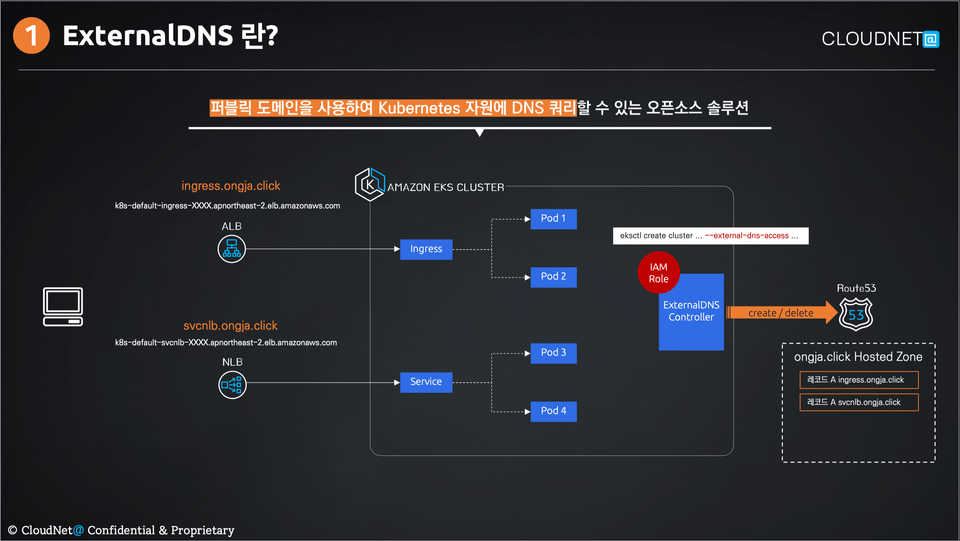
Section 9 - Understanding Amazon EKS Storage
Comparison of storage types in Kubernetes environments and introduction to AWS CSI (Container Storage Interface) Driver
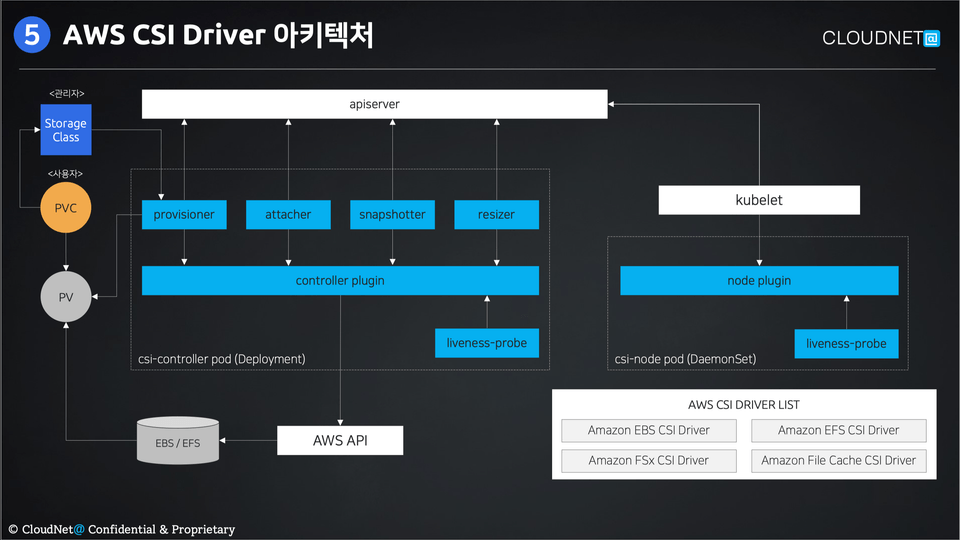
Section 10 - [Hands-on] Amazon EKS One-Click Deployment and Default Storage Validation
How to verify the default storage (temporary file system, emptyDir, local-path-provisioner) after Amazon EKS one-click deployment for EKS storage practice, and how to delete the practice environment
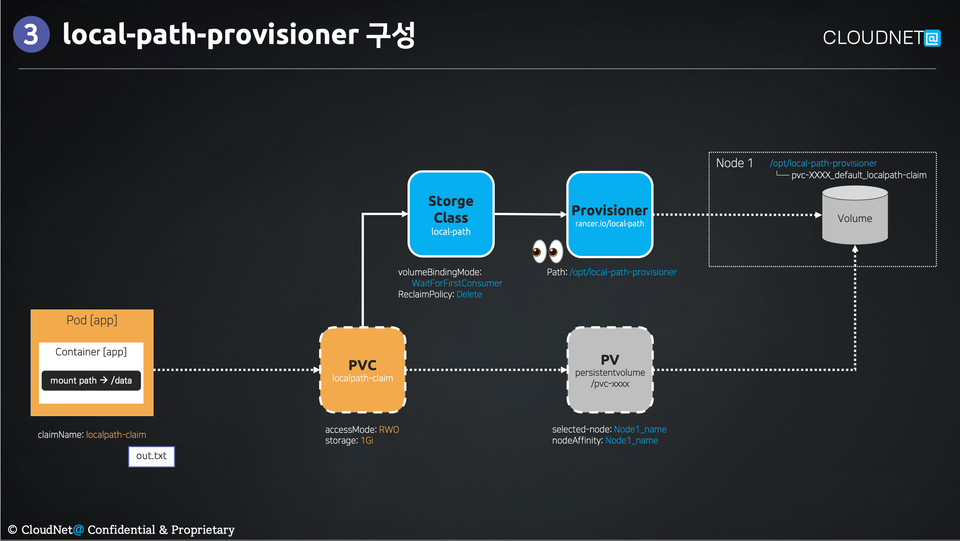
Section 11 - [Hands-on] Configuring the Amazon EBS CSI Driver
A brief introduction to the Amazon EBS CSI Driver, along with deployment of the Amazon EBS CSI Driver, and hands-on static provisioning, dynamic provisioning, and EBS Volume Snapshot Controller exercises.
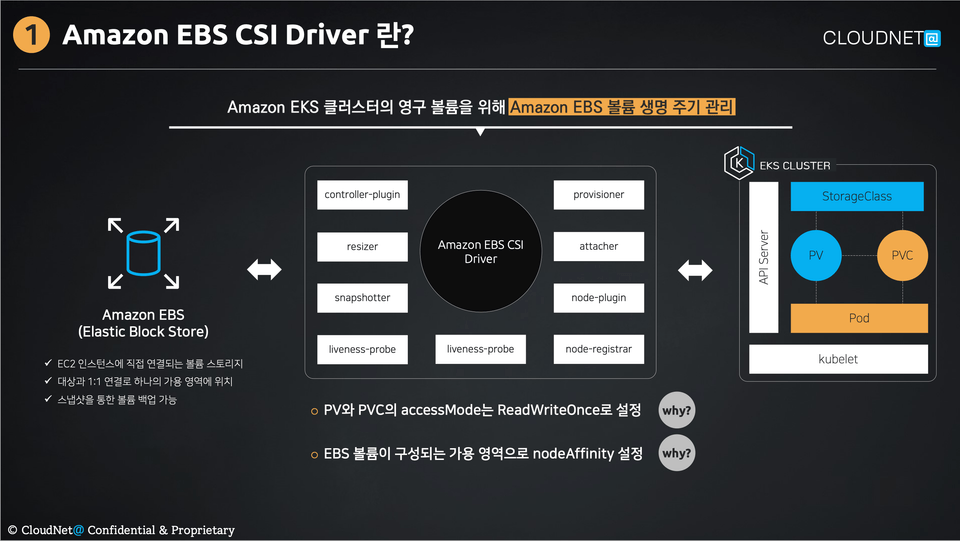
Section 12 - [Hands-on] Configuring the Amazon EFS CSI Driver
Deploying the Amazon EBS CSI Driver and practicing dynamic provisioning with a brief introduction to the Amazon EFS CSI Driver
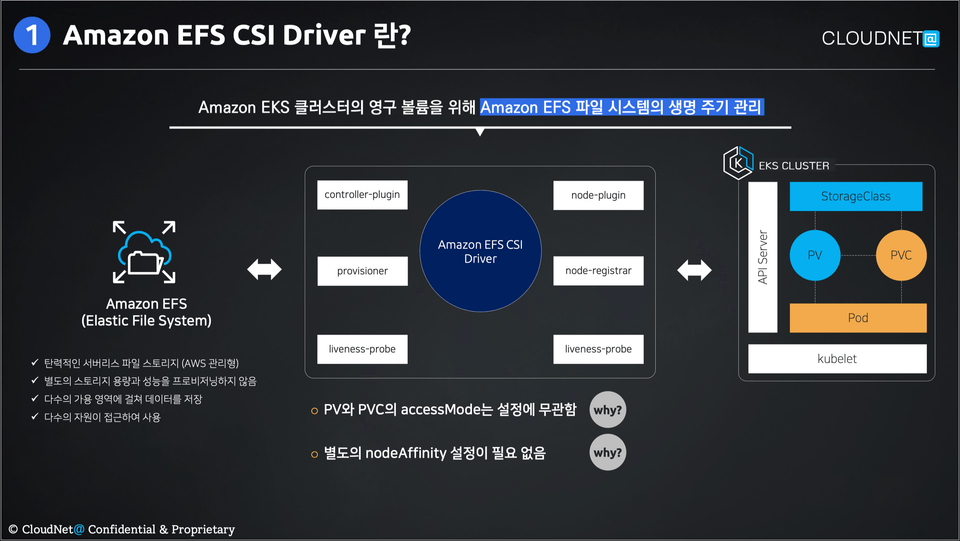
Section 13 - [Hands-on] Using Amazon ECR Public Repository
A brief introduction to the Amazon ECR service, along with creating and using an Amazon ECR public repository.
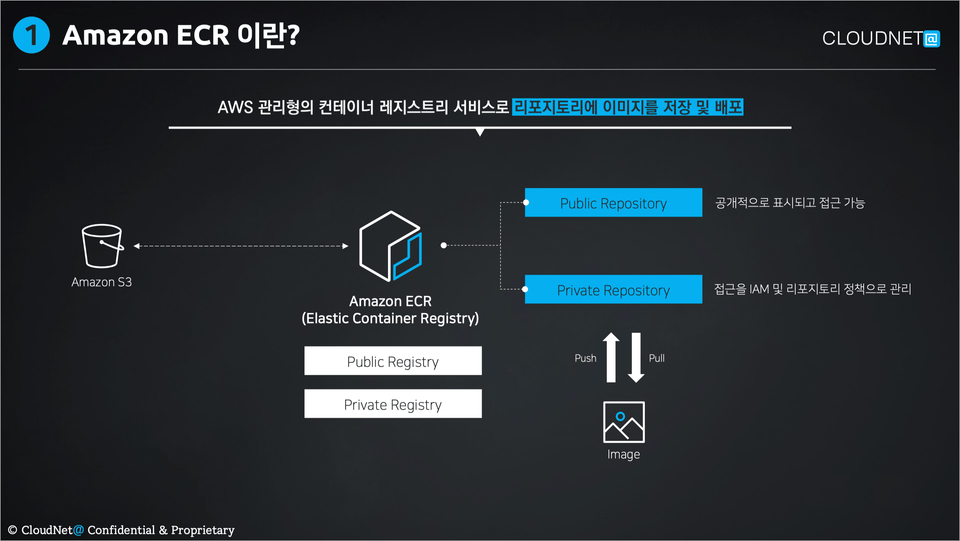
Section 14 - Understanding Amazon EKS Observability
Introduction to Observability and explanation of key elements, explanation of Logging and Metrics, introduction to AWS Managed AMP and AMG
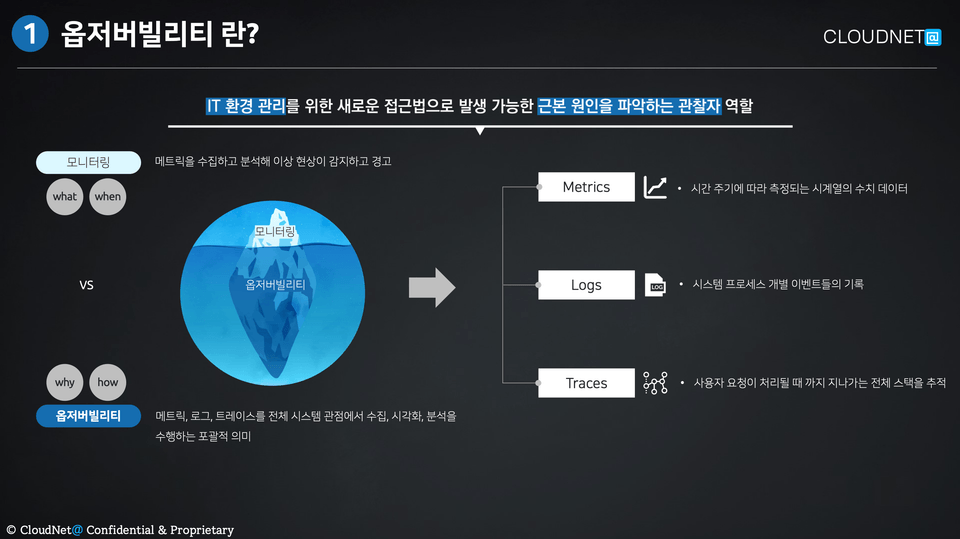
Section 15 - [Hands-on] Amazon EKS One-Click Deployment and Basic Settings
Amazon EKS One-Click Deployment and Basic Setup for EKS Observability Practices
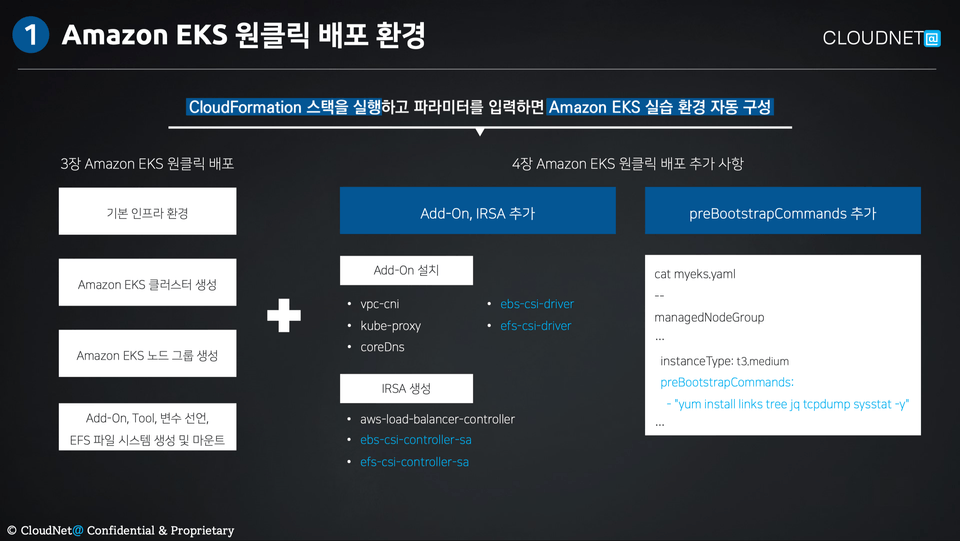
Section 16 - [Hands-on] Configuring Logging on Amazon EKS
Configure and check logging for Control Plane, Container, and Pod in Amazon EKS environment
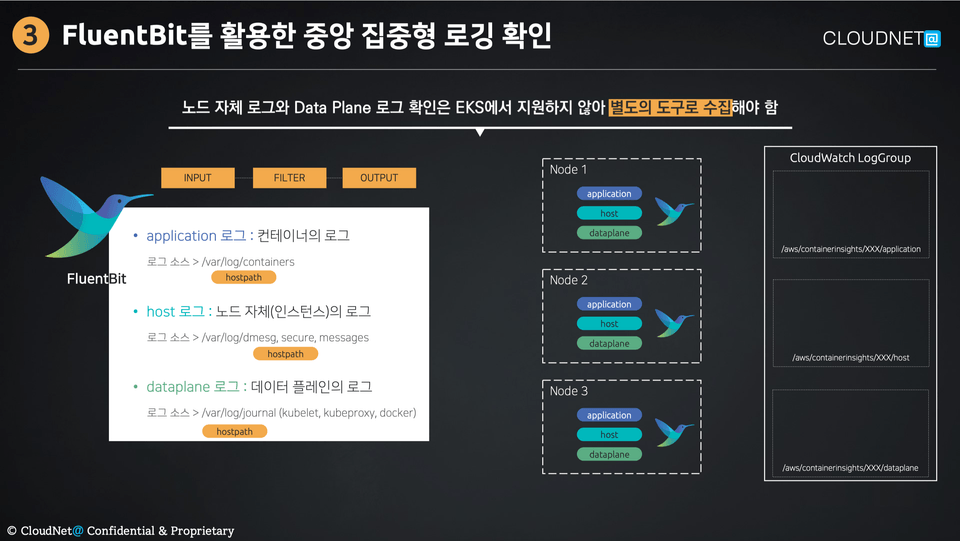
Section 17 - [Hands-on] Configuring Prometheus and Grafana
After deploying the Prometheus stack, learn how to use Prometheus and practice using the Grafana dashboard.
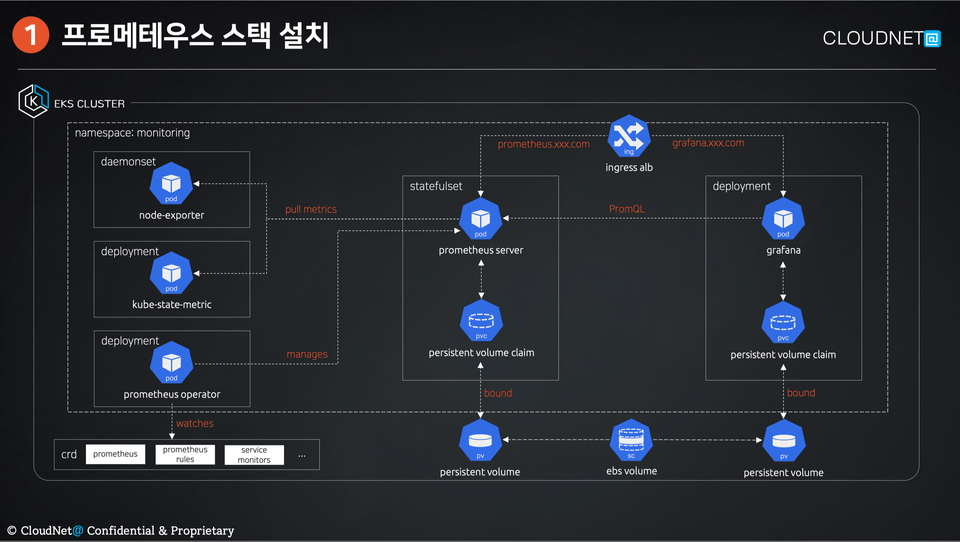
Section 18 - Auto Scaling in Amazon EKS Environments
Introducing Horizontal Pod Autoscaling (HPA), Vertical Pod Autoscaling (VPA), Cluster Autoscaling (CA), and Kerpenter
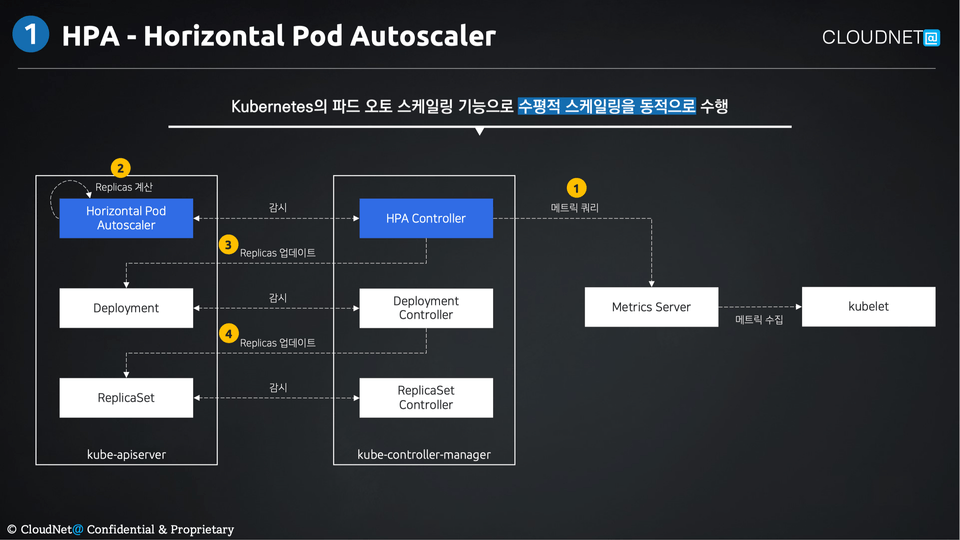
Section 19 - [Hands-on] Amazon EKS One-Click Deployment and Basic Settings
Amazon EKS One-Click Deployment and Basic Setup for EKS Auto Scaling Practices
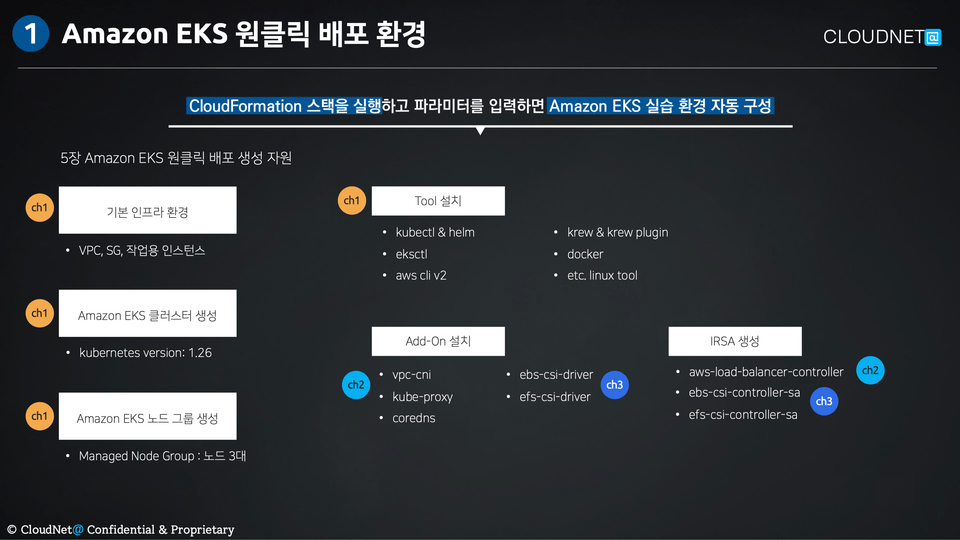
Section 20 - [Practice] Configuring HPA, VPA, CA
Configure HPA, VPA, CA environments and check auto scaling operation, using Grafana dashboard
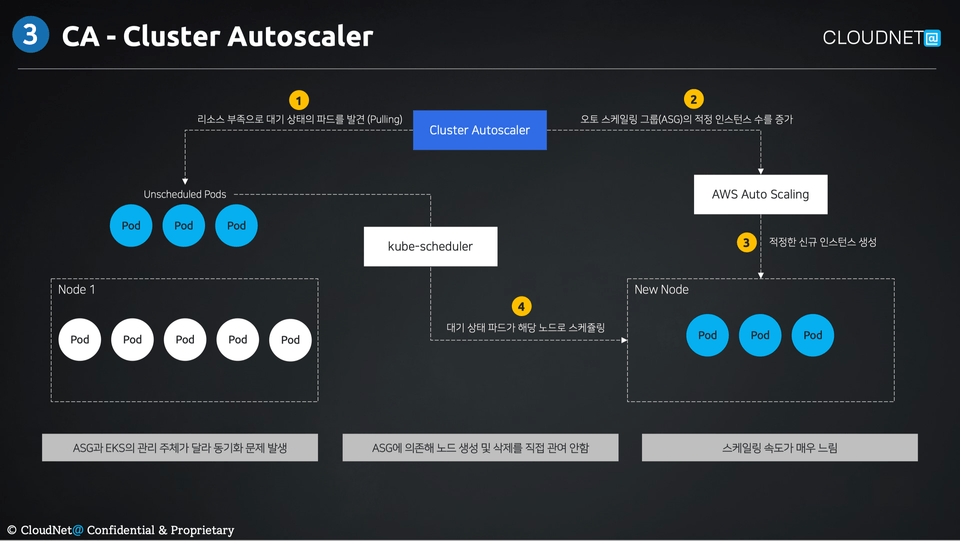
Section 21 - [Practice] Configuring Karpenter
Configure the Karpenter environment and check auto-scaling behavior, using the Grafana dashboard
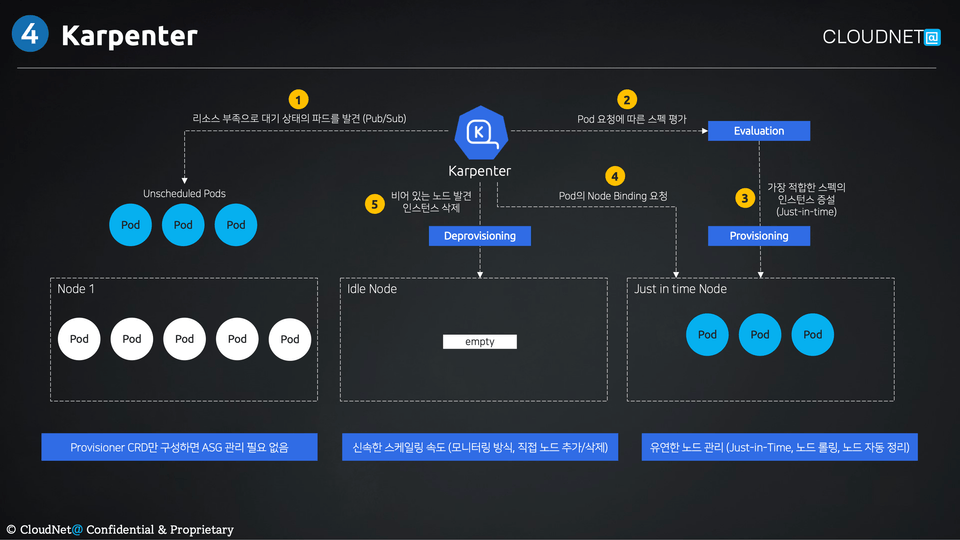
📌 Please check before taking the class.
Hello. My name is Ongja and I work for the CloudNet@ team.
Our CloudNet@ team is a study group that learns and shares knowledge about cloud-related technologies. We have been actively engaged in various knowledge-sharing activities through various cloud-related online study activities, book writing, and lecture content production. We will continue to come back with video lecture content on various topics. :)
Who is this course right for?
Person planning EKS migration from standard Kubernetes.
Beginner developer getting started with the EKS cluster environment
DevOps engineer needing reference for EKS cluster environment design
Anyone interested in the Kubernetes environment!!
Need to know before starting?
Kubernetes Basic Knowledge
Basic Knowledge of AWS Services
Basic knowledge of Linux shell commands
1,294
Learners
118
Reviews
105
Answers
4.9
Rating
3
Courses
안녕하세요. CloudNet@ 팀에서 활동 중인 Ongja라고 합니다.
저희 CloudNet@ 팀은 클라우드 관련 기술에 대해 지식을 학습하고 공유하는 스터디 그룹입니다.
다양한 클라우드 관련 온라인 스터디 활동과 책 집필과 강의 콘텐츠 제작을 통해 다양한 지식 공유 활동을 활발히 진행해 왔습니다.
앞으로도 다양한 주제의 영상 강의 콘텐츠로 찾아 뵙겠습니다. :)
개인블로그 -> https://ongja.space
팀블로그 -> http://blog.cloudneta.net
All
78 lectures ∙ (12hr 42min)
Course Materials:
All
51 reviews
4.9
51 reviews
Reviews 6
∙
Average Rating 5.0
5
안녕하세요. 우선 aws eks cluster 기술에 대해 자세히 설명하여 공개해 주신 강사분께 감사 드립니다. 현업에서 인프라개발을 하는데 매번 일정에 치이다보니 깊이있게 공부하지 못하여 항상 부족함을 느끼고 있었습니다. 그러나, 강의 목차를 보고서 꼭 들어야 할 것으로 판단되어 구매하였고 예상대로 처음부터 차분한 목소리로 자세히 설명을 해주셔서 aws eks cluster(k8s)에서 제공하는 기능을 다시 이해하는데 큰 도움이 되었습니다. 특히, aws vpc-cni 동작을 tcp dump레벨까지 순차적으로 데모를 해주셔서 eks cluster 네트워크를 제대로 이해하게 되었습니다. karpenter(cluster autoscaler) 부분도 별도로 세션을 마련해서 설명 해주셔서 좋았습니다.
안녕하세요. CloudNet@ 팀입니다. 좋은 후기 남겨주셔서 감사합니다. 잘 들으셨다니 강의 제작에 있어 힘이 나네요 :) 앞으로도 좋은 강의로 찾아 뵙겠습니다.
Reviews 2
∙
Average Rating 5.0
Reviews 12
∙
Average Rating 5.0
Reviews 4
∙
Average Rating 5.0
5
eks기술 입문하기 굿!!! 특히 내부 동작 그림으로 흐름 설명 좋았습니다. 질문사항도 빠르게 답변 및 반영해주셔서 감사했습니다
안녕하세요. kkkkkk님! CloudNet@ 팀입니다. 전에 질문이자 제보주셨던 내용이 생각나네요.🙂 다시 한번 감사합니다~ 또한 좋은 수강평 감사드립니다. :)
Reviews 1
∙
Average Rating 5.0
$92.40
Check out other courses by the instructor!
Explore other courses in the same field!